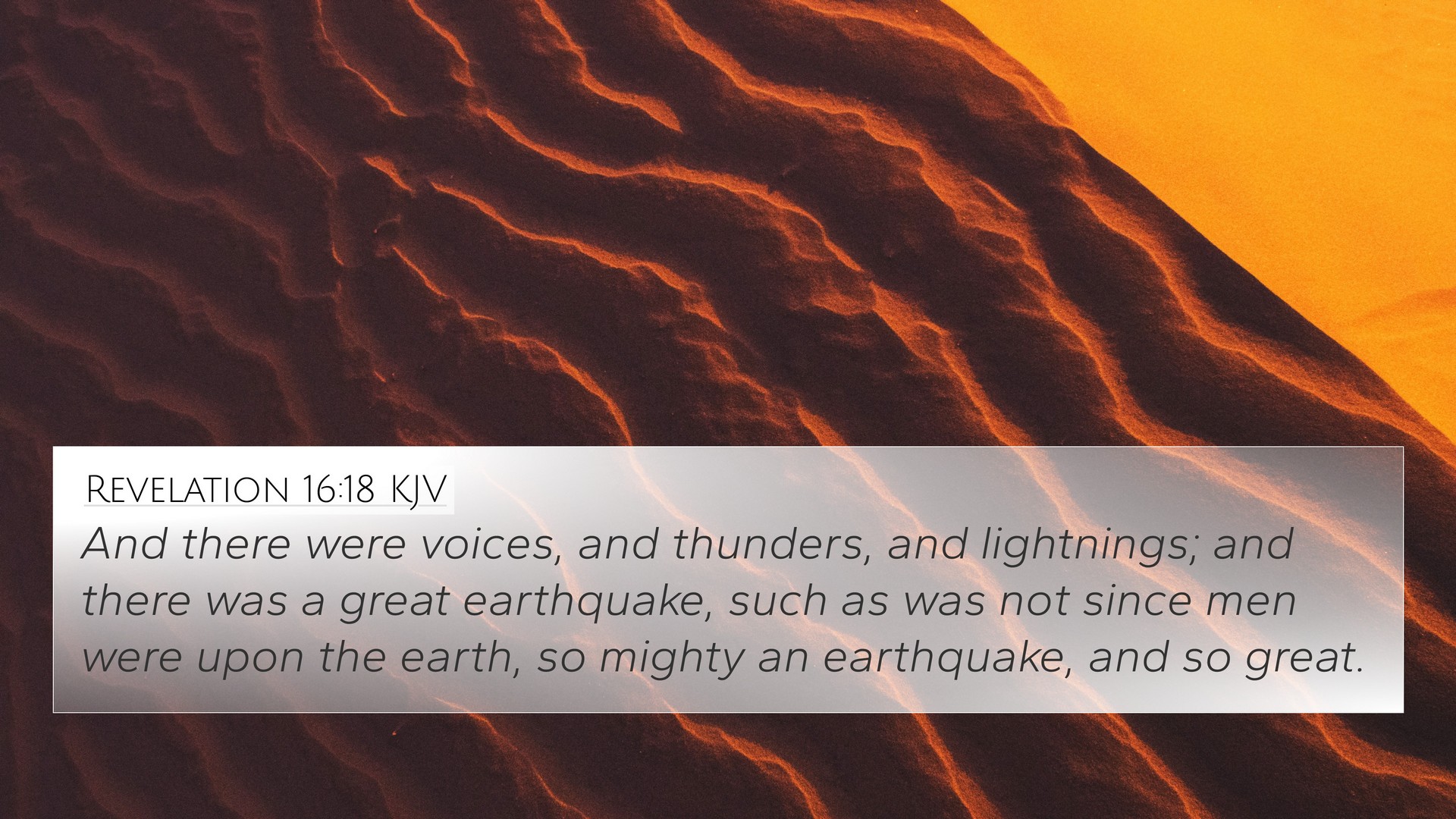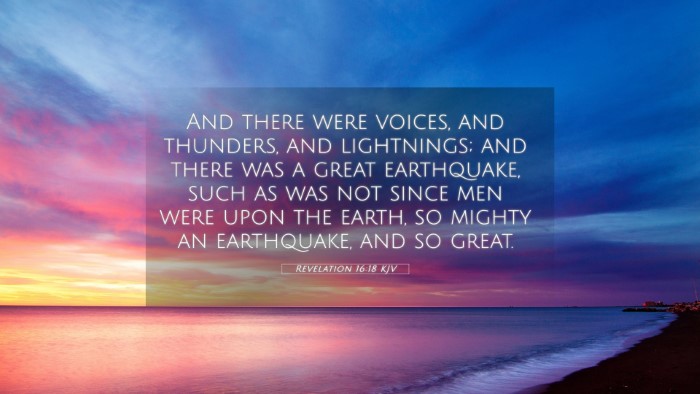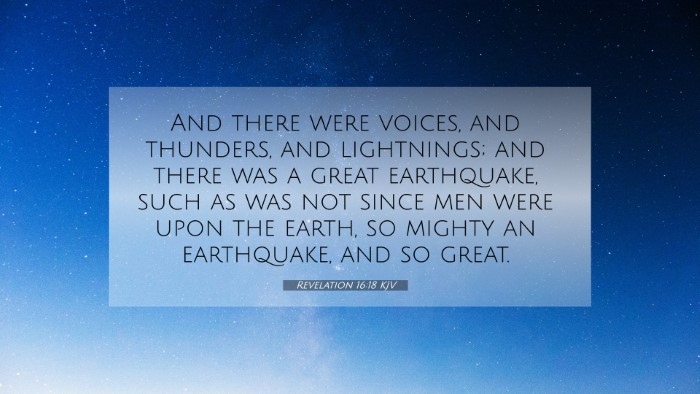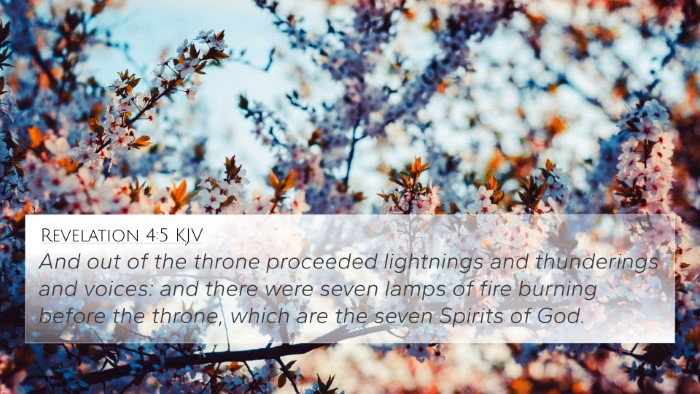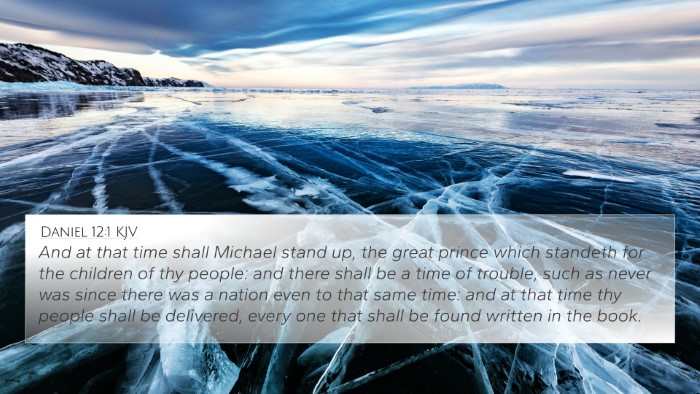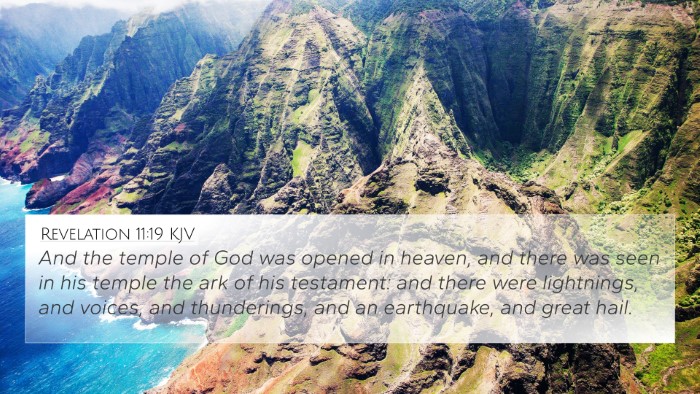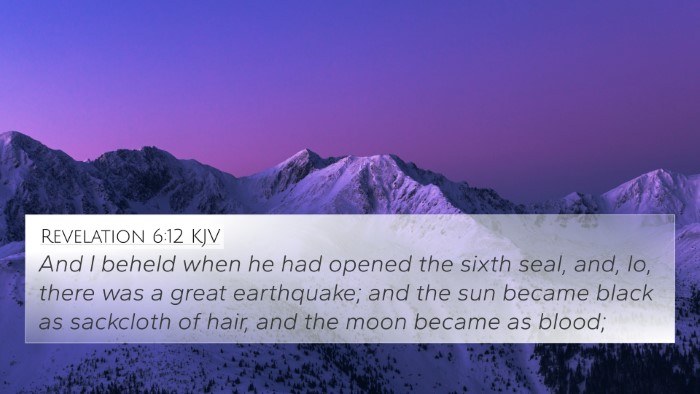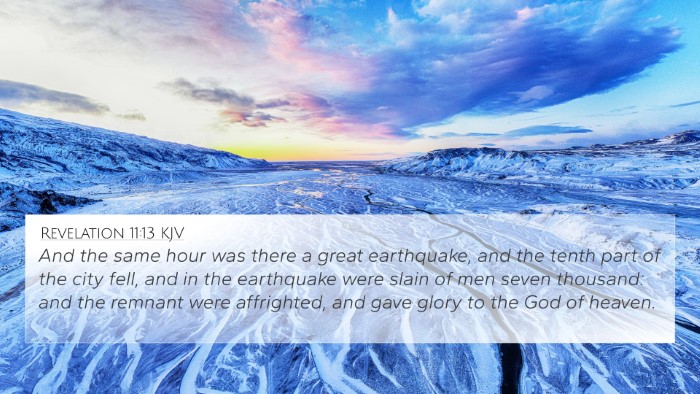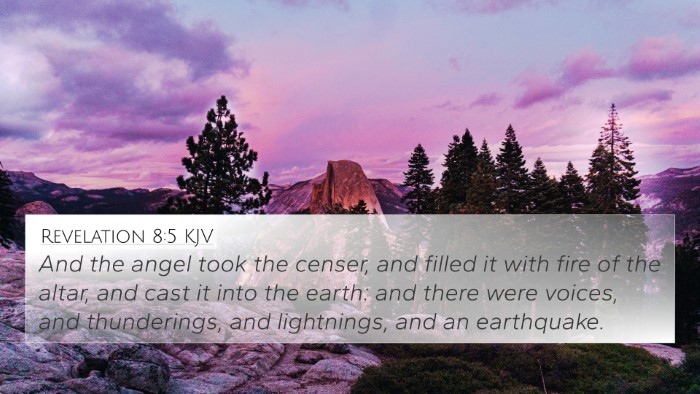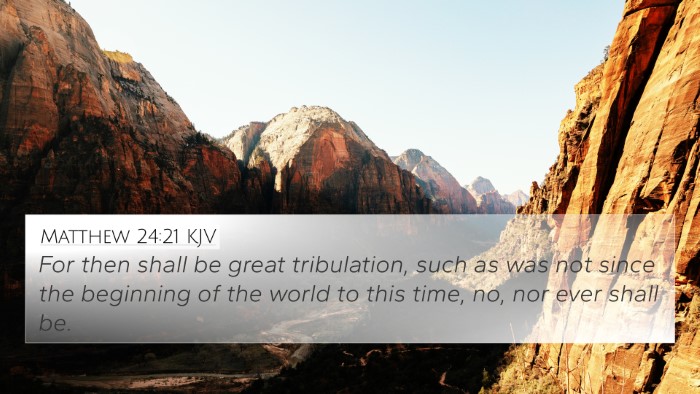Understanding Revelation 16:18
Revelation 16:18 states: "And there were voices, and thunders, and lightnings; and there was a great earthquake, such as was not since men were upon the earth, so mighty an earthquake, and so great." This verse is a significant part of the apocalyptic narrative in the Book of Revelation that illustrates the severity of God's judgments during the end times.
Overview of Revelation 16:18
This verse follows a series of judgments known as the seven bowls of God's wrath, indicating a climactic moment in the eschatological events that John describes. The imagery of voices, thunders, and lightnings serves to evoke a sense of divine power and majesty, akin to the Sinai experience when God revealed Himself to Israel.
Commentary Insights
-
Matthew Henry's Commentary
Henry interprets the thunders and lightnings as representations of God's voice and judgment. He emphasizes the idea that God's wrath is something to be feared, and the earthquake symbolizes a significant disruption of the created order. This demonstrates how God's judgment can shake the foundations of the earth.
-
Albert Barnes' Commentary
Barnes discusses the 'great earthquake' as an unprecedented event, highlighting its magnitude as a sign of the end times. He elaborates that such a natural disaster signifies a complete overhaul of the world's systems, indicating that God's intervention in human history is both dreadful and transformative.
-
Adam Clarke's Commentary
Clarke points out the historical context of earthquakes in biblical prophecy and maps out their relevance to the fulfillment of prophetic scriptures. He underscores that such occurrences are often tied closely to divine intervention and judgment, symbolizing a call to repentance and reflection among humanity.
Bible Cross-References
This verse connects with several other scriptures that enhance understanding of its themes:
- Exodus 19:16-19 - The manifestations of God's presence at Sinai involving thunder, lightning, and an earthquake.
- Matthew 24:7 - Jesus speaks of earthquakes as signs of the end times.
- Joel 2:30-31 - Prophetic declarations of wonders in the heavens and signs on the earth.
- Hebrews 12:26-29 - The shaking of the earth as a prelude to a heavenly kingdom.
- Amos 1:1 - Reference to significant natural disasters as a signal of judgment.
- Ezekiel 38:19 - God's fury depicted through natural upheavals in times of great judgment.
- Psalm 18:7 - Describing God's response to the cries of His people amidst calamities.
Thematic Connections
The themes relating to Revelation 16:18 encompass divine judgment, a call for repentance, and reflections on human accountability in light of God's sovereign power.
- Divine Judgment: The verses serve as reminders of the consequences of sin and rebellion against God.
- Call to Repentance: Just like the events described lead to judgment, historical calamities are often a call for self-examination.
- God's Sovereignty: The imagery underscores that no power on Earth can stand against God's will.
Studying the Connections
For those interested in deepening their understanding of cross-referencing biblical texts, here are some tools and methods:
- Bible Concordance: Use a concordance to find related verses.
- Bible Cross-Reference Guide: A formatted guide can facilitate finding parallels.
- Cross-Referencing Bible Study Methods: Incorporate different translations and languages.
- Bible Reference Resources: Utilize study Bibles with integrated references.
Conclusion
Revelation 16:18 encapsulates the powerful imagery of God's imminent judgment portrayed through natural phenomena. The implications laid out in this verse resonate through various parts of scripture, showing us the interconnectedness of biblical messages regarding God’s sovereignty and righteousness in the face of human wrongdoing. Such cross-references can foster deeper theological understanding and help illuminate the continual relevance of scripture in contemporary dialogues about faith, morality, and accountability.
